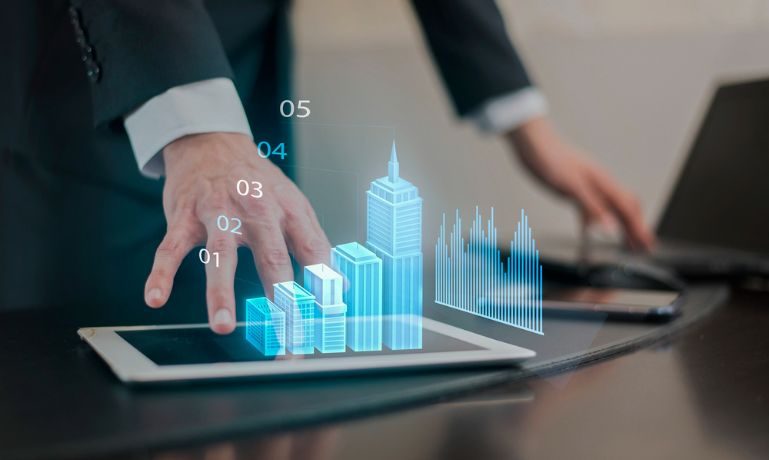
5 Real Estate Trends Shaping Pakistan’s Housing Market in 2025
As we embark on the new year of 2025, Pakistan’s real estate market is poised for significant transformation. Various factors, including economic recovery, urbanization, and technological advancements, are driving this change. Here are five key real estate trends that are shaping Pakistan’s housing market this year.
1. Economic Growth and Stability
The economic landscape of Pakistan is witnessing a steady recovery post-pandemic, which is positively impacting the real estate sector. Projections indicate that GDP growth will accelerate, bolstered by increasing foreign direct investment (FDI) and remittances from overseas Pakistanis. This economic stability is crucial as it enhances consumer confidence and encourages investments in real estate, particularly in major cities like Karachi, Lahore, and Islamabad.
The government’s focus on infrastructure projects, such as the China-Pakistan Economic Corridor (CPEC), further stimulates economic growth. These initiatives not only improve connectivity but also create an environment conducive to real estate development. As the middle class continues to expand and disposable incomes rise, the demand for residential properties is expected to soar, making real estate a lucrative investment option for both local and international investors.
Recent government policies aimed at improving the ease of doing business have attracted further foreign capital. This influx of investment can lead to new housing projects tailored to different income segments, potentially bridging housing gaps in smaller cities as well.
2. Urbanization and Rising Housing Demand
Rapid urbanization remains one of the most significant trends influencing Pakistan’s housing market. By 2025, nearly half of the population is projected to reside in urban areas, leading to an unprecedented demand for housing. Major cities like Karachi are experiencing significant population influxes as individuals seek better job opportunities and living standards.
This urban migration has resulted in a surge in demand for affordable housing, gated communities, and high-rise apartments. Developers are responding to this need by launching innovative projects that cater to diverse income groups. The trend of vertical living is particularly notable in metropolitan areas where land scarcity necessitates high-rise developments. These projects not only address the housing shortage but also integrate modern amenities that appeal to younger generations and professionals.
Some provincial governments are considering policy incentives and regulatory frameworks to encourage developers to focus on low- and middle-income housing segments, hoping to alleviate housing shortages while maintaining quality standards.
3. Technological Advancements in Real Estate
The integration of technology into Pakistan’s real estate sector is revolutionizing how properties are bought, sold, and managed. In 2025, proptech platforms are at the forefront of this transformation, enabling more transparent and efficient transactions. Features such as online property listings, virtual tours, and AI-powered market analytics empower buyers and sellers with valuable insights.
Moreover, blockchain technology is being explored to streamline property registration processes, reducing fraud risks and transaction delays. This digital shift not only enhances convenience but also attracts tech-savvy investors who appreciate the efficiency of online transactions. As these technologies become more prevalent, they are expected to reshape buyer behavior and increase engagement in the real estate market.
Startups offering property management and rental services are on the rise, using data analytics to match tenants with landlords more efficiently. This trend may lead to a more organized rental market, particularly in urban centers.
4. Sustainability and Eco-Friendly Developments
Sustainability is becoming a critical focus in Pakistan’s real estate sector as developers adopt eco-friendly construction practices to meet growing environmental concerns. In 2025, there is a noticeable shift towards sustainable housing solutions that incorporate energy-efficient designs, solar panels, and community green spaces.
Karachi is leading this trend with various projects emphasizing sustainable living. The increasing awareness of environmental issues among consumers is driving demand for green housing options. As a result, developers are prioritizing eco-friendly practices not only to appeal to environmentally conscious buyers but also to comply with evolving regulations aimed at promoting sustainability. This trend reflects a broader global movement towards responsible development that balances economic growth with environmental stewardship.
Certain localities are introducing stricter building codes, incentivizing developers to adopt renewable energy solutions and efficient waste management systems. This fosters healthier living environments and can contribute to long-term property value appreciation.
5. Diversification of Investment Options
The real estate market in Pakistan is witnessing a diversification of investment options as new financing models emerge. Innovative solutions such as Real Estate Investment Trusts (REITs) allow investors to participate in property markets without directly purchasing properties. This trend opens up avenues for smaller investors who may not have substantial capital but wish to benefit from real estate investments.
Additionally, mixed-use developments that combine residential, commercial, and recreational spaces are gaining popularity. These projects offer convenience and modern lifestyles that resonate with urban dwellers seeking integrated living experiences. As investor preferences evolve towards more diversified portfolios, these new investment avenues will likely gain traction.
Overseas Pakistanis are increasingly using REITs and online investment platforms to channel remittances into the real estate sector. This not only boosts foreign exchange reserves but also contributes to the growth of modern, high-quality development projects.
Conclusion
The real estate trends shaping Pakistan’s housing market in 2025 reflect a dynamic interplay of economic growth, urbanization, technological advancements, sustainability initiatives, and diversification of investment options. As these trends unfold throughout the year, they present unique opportunities for investors, developers, and homebuyers alike.
In this transformative landscape, staying informed about these trends will be crucial for making sound investment decisions. Whether you’re an investor looking for high returns or a homebuyer seeking modern living spaces, understanding these trends will help you navigate the evolving real estate market effectively.
As we move forward into 2025, it’s clear that the future of Pakistan’s real estate sector holds immense potential—one that promises growth driven by innovation and resilience in the face of challenges.
How Asaan Ghar is Empowering the Middle Class
In the midst of these market changes, Asaan Ghar is playing a significant role in helping middle-class families across Pakistan realize their dreams of homeownership. By offering affordable financing options, flexible payment plans, and expert guidance tailored to individual budgets, Asaan Ghar bridges the gap between aspirations and reality. With a deep understanding of market trends and local requirements, Asaan Ghar ensures that even those with modest means can secure a stable, comfortable home for their families.
If you’re looking to invest or purchase property in a way that aligns with your financial goals, explore how Asaan Ghar can help and take the next step toward a brighter future for you and your loved ones.
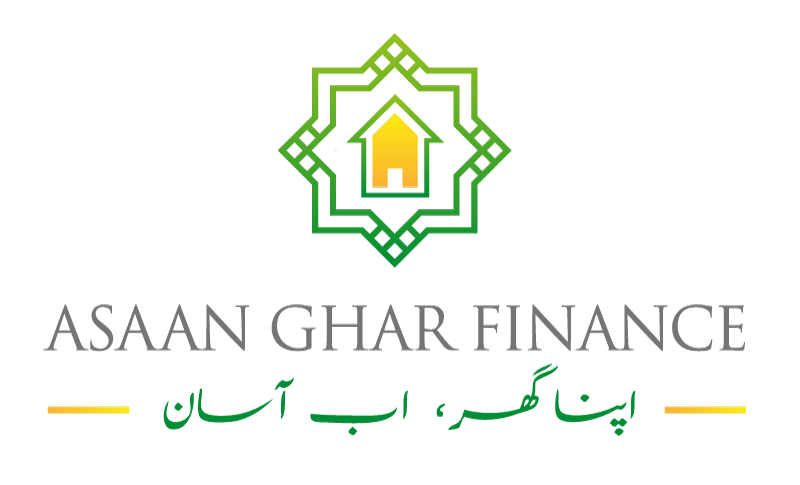





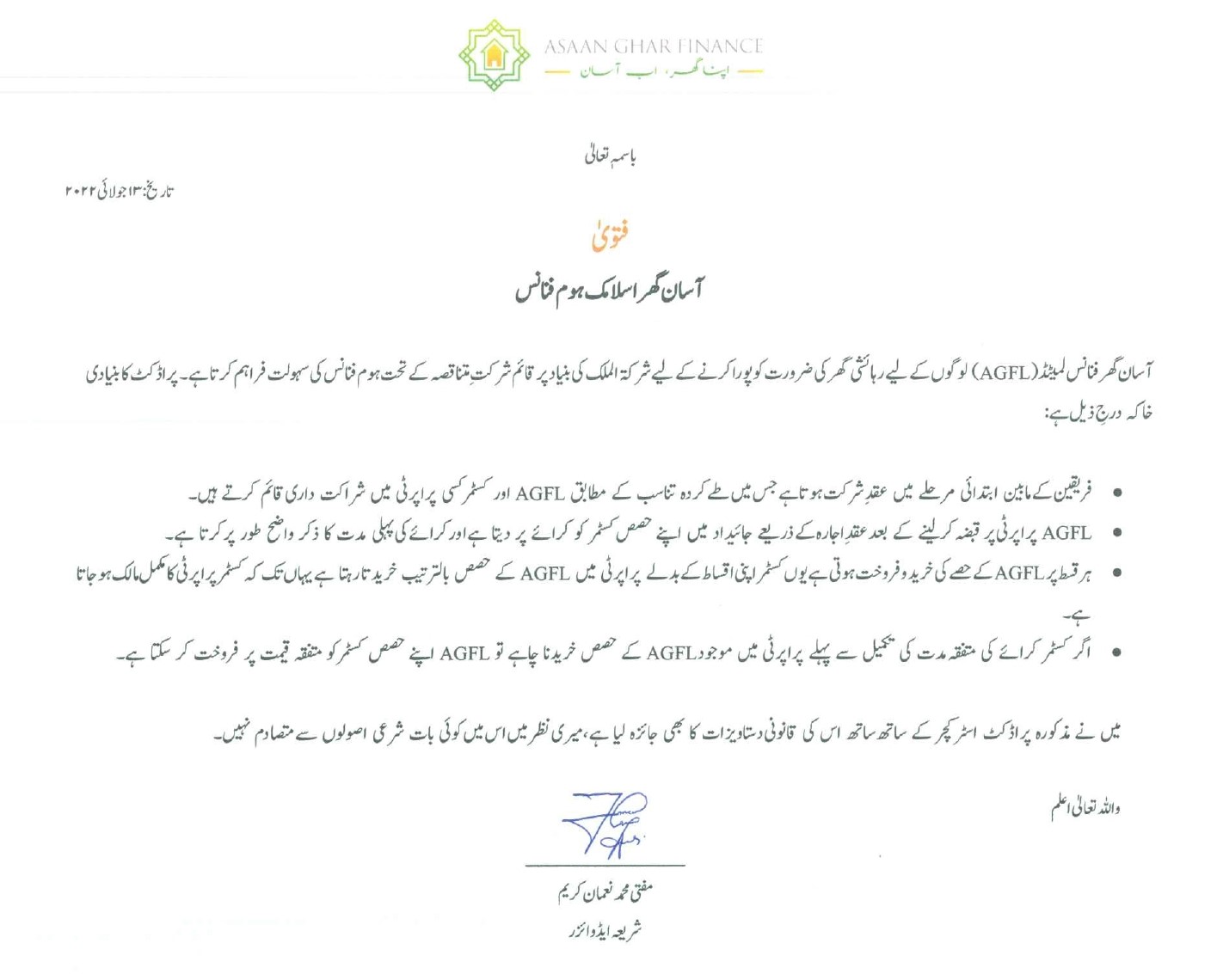
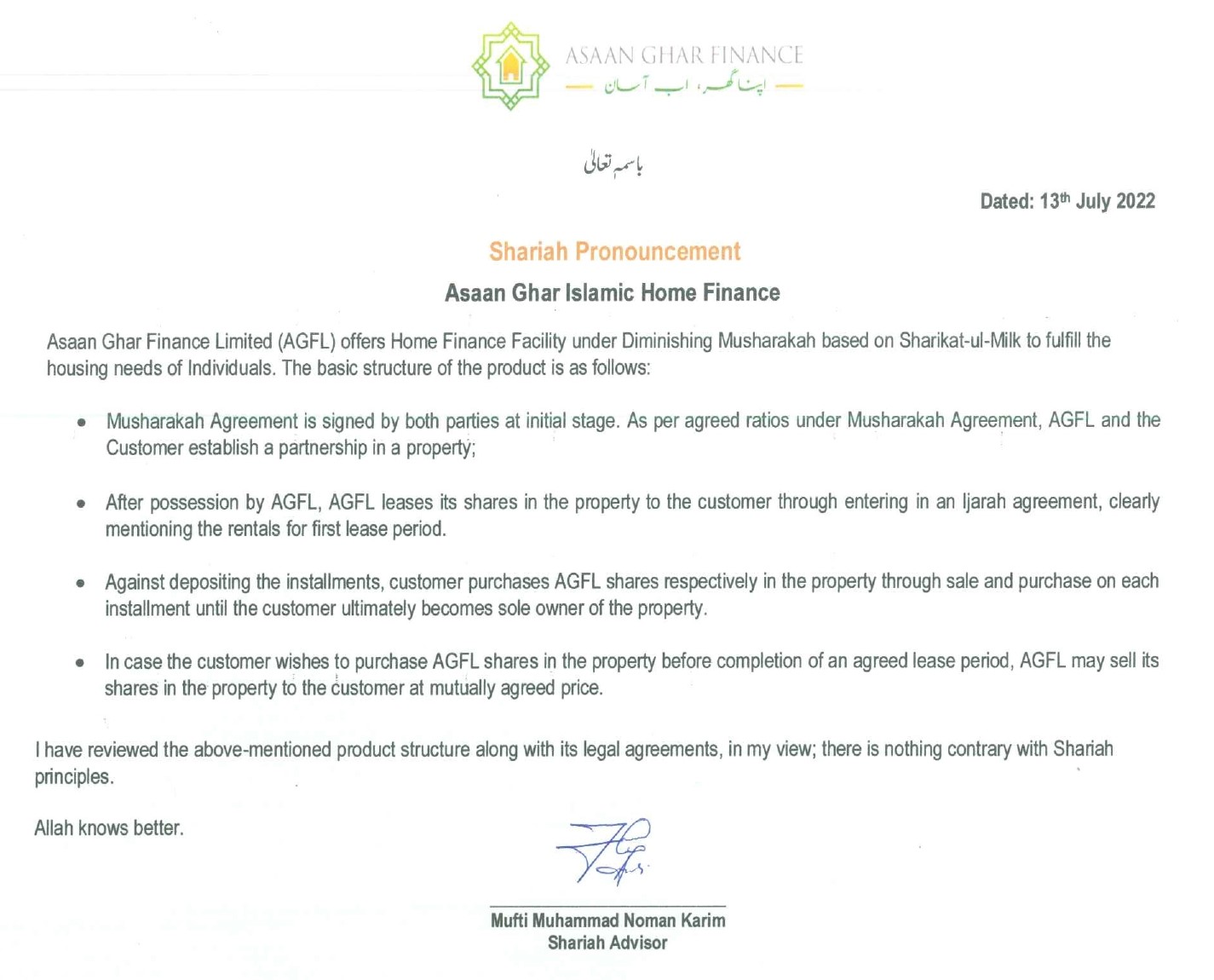
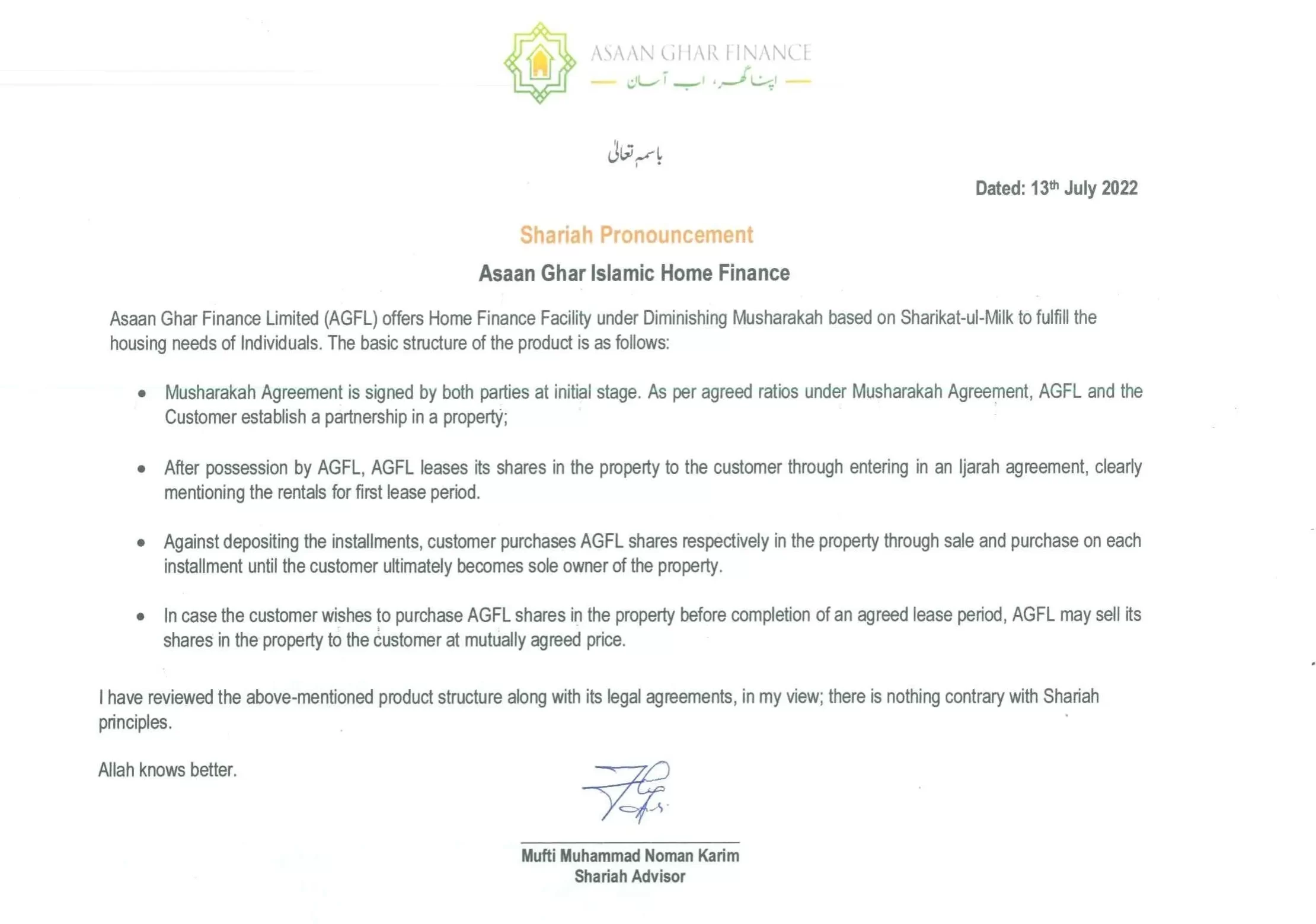
Leave A Comment